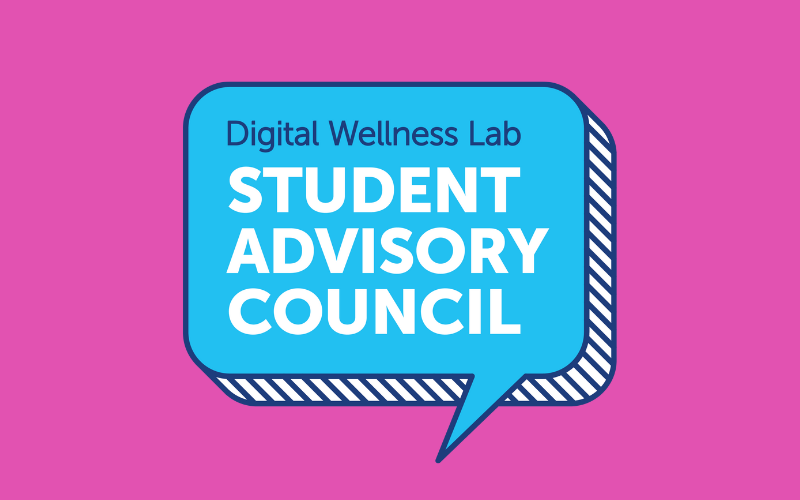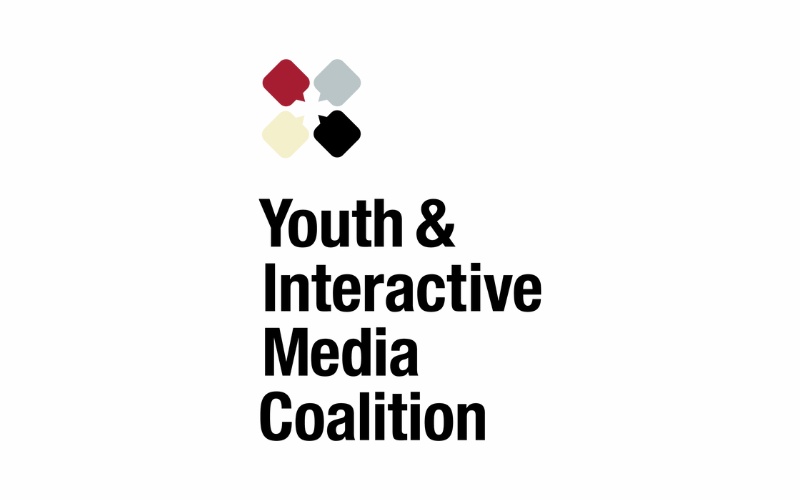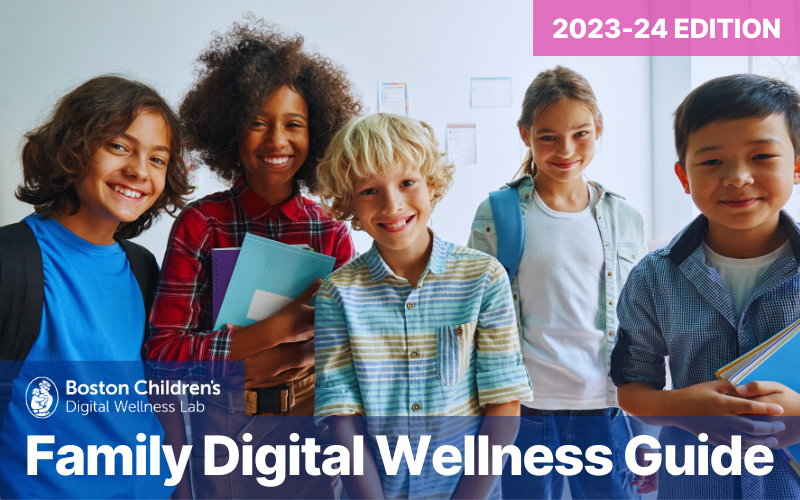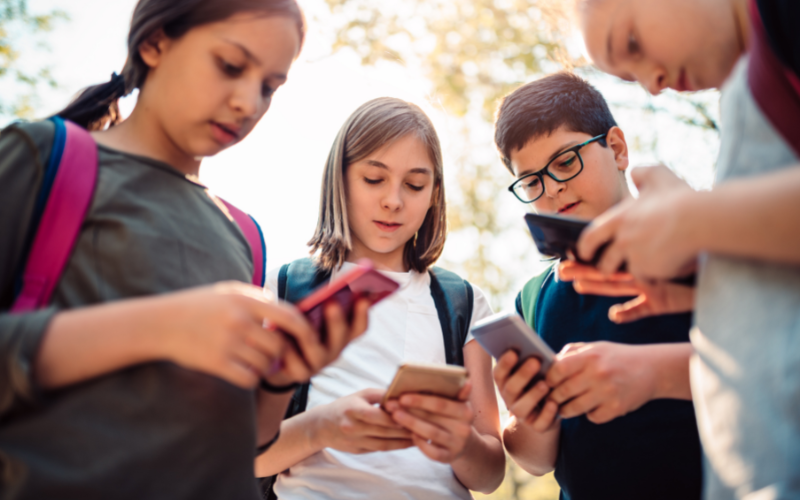If your child is begging for a phone because all their friends have one (or if you want to give your child a phone so you can keep in contact with them) but you’re not sure if it’s a good idea, you are not alone.
In our December 2021 Pulse Survey on Childrens’ First Cell Phones: Parents’ Perspectives on Risks and Benefits, a majority of parents agreed (completely or moderately) with the following reasons for why they have not yet allowed their child to have a phone:
- they don’t need one (64.3%),
- it would interfere with school work (58.0%),
- it would distract them from their time together (50.9%),
- it would expose them to cyberbullying (54.8%),
- it would interfere with their sleep (57.6%), and
- they would spend too much time using it (67.8%).
All that said, since the question for most parents is not IF you’re going to give your child a phone, but WHEN, here are some things to consider when trying to make the decision.
What are the downsides of cell phone use by school-age children?
While using a cell phone is not inherently bad, there are risks that should be considered when deciding whether your child is ready for one:
While children don’t (officially) have access to social media until they are 13, they can still be easily exposed to inappropriate content and interactions online. There may also be advertising that you don’t want your child exposed to. Plus, scams are all over the internet and can be difficult to recognize by adults, let alone kids.
Cyberbullying for younger kids is most prevalent over text messaging, followed by online video games, on the internet (non-social media sites), phone calls, and email. (For more information about cyberbullying, see our recently updated Parent’s Guide to Cyberbullying.
Doom scrolling, information binging, and overuse of video games are possible threats to emotional and mental health. (If you would like to learn more about problematic interactive media use disorder (PIMU), please see our Parent’s Guide to Problematic Interactive Media Use Disorder (PIMU).)
How do I know if my child is ready for a cell phone?
In our Pulse Survey, 68 percent of parents reported giving their child their first cell phone at an average age of ten years old, there is no magic age that makes them “old enough.” (Among the parents whose child does not yet have a phone, they expect to provide one when their child is 12.5 years old, on average.)
School-age children are in the process of learning how to manage their emotions, thoughts, and behaviors. They utilize these skills and attitudes to develop their identities and make responsible decisions. This fluid process through which children acquire and apply this knowledge is referred to as social-emotional learning.
Understanding your child’s level of social-emotional development should be a key element of your decision-making process. If your child is lacking in one of the social-emotional competencies such as self-awareness or self-management, they might not be ready for the responsibilities and temptations of a cell phone, and especially of an internet-connected smartphone.
Does my child understand the responsibility of having a phone?
We suggest sitting down with your child to discuss the pros and cons of cell phone ownership and use. (Pro tip: talk WITH them, not TO them!)
- What will they use the phone for?
- What agreements will you have about phone use?
- Have they considered what it means to be “available” all the time?
- Who will be responsible for the cost if the phone is lost or broken?
Take your child’s responses into account when deciding whether or not they are ready for a cell phone. We have known kids who opt out on their own once they realize the level of responsibility required!
What kind of phone should I give my child?
In our Pulse Survey, parents said the most important reasons for allowing their children to have a phone were keeping their child safe, informed, and in touch.
If these are the reasons you’re considering giving your child a phone, it’s important to remember that there is a big difference between giving your child a basic cell phone without internet access and a smartphone. The decision to give your child a smartphone should be made with more care as the responsibilities and temptations that come with the internet access a smartphone provides are much greater.
When trying to decide what type of cell phone to give your child, refer back to the reasons you’re considering giving your child a phone.
- If it’s primarily for communication with you, other family members, and friends, a basic cell phone with text messaging may suffice.
- If your child is prone to comparison, tends to have anxiety around friendships, or lacks self-control when it comes to decision-making and acting on impulse, a basic cell phone (without the distractions and temptations of access to the internet) may be a good choice for a first phone.
- Another option is to give your child a smartphone designed to be easily managed by parents, like a Pinwheel or Gabb phone. (Full disclosure: Pinwheel is a supporter of the Digital Wellness Lab.) These phones are pre-loaded with software that gives parents extra control and allows them to adjust settings according to their child’s maturity and keep kids safe by limiting or completely eliminating web browsers, app stores, and social media, blocking ads, and not allowing data to be sold. They allow parents to introduce kids to mobile technology in a way that aligns with their values, promotes a healthy relationship with connected devices, and can be used to teach concepts like time management and placing value on moments that happen outside of the screen.
I gave my child a phone. Now what?
Here are some digital wellness tips for keeping your child healthy and safe once they have a phone.
- Create a media use agreement. Having agreements in place BEFORE you give your child their first phone will go a long way towards healthy use, but better late than never. Media use agreements detail how your child will use their device, be held accountable, and state what actions will be taken if the agreements are broken.
- Discuss the concept of privacy and your responsibilities as a parent. For young children, make it clear that as their parent, you are responsible for monitoring their phone use. Be specific by having conversations with your child about privacy to ensure you and your child are on the same page about what you both do and don’t have access to.
- Add contact information together. Sit down with your child and have them add contact information and important phone numbers with you, including 911 and for the police and fire departments. (Talk with your child about what to do in a case of emergency, including what to do in terms of their own safety and what to do when their emergency contact doesn’t answer.)
- Teach them phone etiquette. Since most children today have not grown up with access to a house landline, many have not learned how to use a phone. If you haven’t already, teach your child good phone manners and practices, e.g., what time of day it’s appropriate to call people, how to leave a voicemail, etc.
- Don’t rely solely on parental controls. While parental controls are necessary and helpful, it’s much more important to teach your child how to use their phone in a way that is healthy and safe.
- Set up tracking and “find my phone” functionality.
- Consider signing up for accident and theft coverage.
- Do your best to help your child eliminate distractions and temptation. For example, keeping phones (and other connected devices) outside of the bedroom will allow kids to decompress at night before bed and enable them to sleep without distraction.
- Don’t be afraid to set rules. Kids respond to boundaries and rules that are fair and consistently enforced, so talk with your child about the rules you are setting, why they are important for their health and safety, and the consequences for breaking them. (Make sure to add them to your media use agreement.)
It’s up to parents to make the final decision
It’s important to remember that you have the final say on whether your child is ready for a cell phone. If you feel yours isn’t quite there yet, work with them on developing social-emotional maturity and to establish milestones and goals towards getting a cell phone. Let them know that even though now isn’t the right time, there are skills they can work on and you’re on their side/there to help.
While peer pressure and wanting to be like their friends is hugely important to kids this age, making sure your child is ready to handle the responsibilities, temptations, and sometimes dangers, that come along with cell phone use will go a long way towards helping them to develop healthy digital habits that will stick with them for a lifetime.
All information included in this article is for educational purposes only. For specific medical advice, diagnoses, and treatment, consult your healthcare provider.







